Navigating the OTT ecosystem as it becomes more diverse and complex
The number of screens on which content is today enjoyed in India has quadrupled. And, with more screens, the content has become even more diverse, high pitched and exponentially more entertaining. Further, this trend is true for all Demo groups; nothing short of a content revolution.
Powered by Promax, Rajiv Bakshi, CEO, Reliance Entertainment’s Big Synergy, held a panel discussion on May 29, 2019 to discuss the impact of this transformative medium – OTT. With ‘OTT: To infinity and Beyond’ as the topic of the panel discussion, the session was filled with insights on the trends, possibilities and emerging opportunities such as AI and VR led digital content.
Read more: Uday Sodhi joins Adgully in a #TwitterChat on the Road Ahead for Indian OTT
The panelists led by Rajiv Bakshi, CEO, Reliance Entertainment’s Big Synergy included Vijay Subramaniam, Director & Head Content, Amazon; Ali Hussein, COO, Eros Digital; Aparna Acharekar, Programming Head, Zee5; Gautam Talwar, Chief Content Officer, MX Player; and Zubin Dubash, COO - Digital, Shemaroo Entertainment.
First off, despite 32 streaming services, the panel suggested that it's early days to call “consolidation”. Market is fast evolving and so will the OTT players. But the market is wide and huge and very contrasted. Very many can and will exist. So, jury is out on the count. In fact, new ones have entered the fray and more would enter.
According to the panellists, risk is apparent in the business, but insights data can minimise it. However, experimentation for new is the norm, that OTT will live by.
The industry experts also stressed that television broadcast and OTT are very contrasted and, therefore, a comparison is not as simple. For example, OTT consumption continues to peak beyond 11 pm by which time the TV viewership dips dramatically. Consumers have different expectations from the two platforms.
The panel was divided on whether the consumers follow a show or are loyal to a platform. Both arguments held merit, perhaps driven by unique business models of each platform, ranging from free to subscription-based and even hybrid.
Talking about consumption by language, the panel added, “English is limited, but much higher as a percentage compared to television. Distribution is much broad-based and directed. However, bulk of the content consumption will continue in native language, led by Hindi. Further, there is a new language for OTT emerging, which is far more colloquial. Dubbing, subtitling, etc. - all is happening on OTT.”
With the diverse set on the panel discussion led by Rajiv Bakshi, an intensive discussion on a range of issues, including the challenge of piracy, was highlighted.
Expert Speak
Vijay Subramaniam, Amazon Prime: “Everyone is a consumer of streaming services. I think there are people out there who haven’t had their streaming experience yet. From the content point of view and creating what customers will love is driven by two factors, and that’s what we at Prime Video strongly believe in. First, we believe is the quality of the content itself that we make and by that I mean part of UAX and the convenience and everything bundled in itself. The second is value, the more customers perceive and they believe it’s a must-have, the more it will create a name for itself, and that’s what we are trying to do. What I believe is that this is just the beginning, it’s a long journey and an exciting one; we are not talking about just one India, it’s about multiple Indias and there are a lot of lessons to be learnt.”
Zubin Dubash, Shemaroo Entertainment: “At Shemaroo, we have been in the content business for about 5 decades across various platforms and various genres of content, we have taken learning experiences from the last 55 years and brought that into the OTT platform of Shemaroo. The beauty of our content is that it is organically consumed over and over again. It has gained a massive response on platforms like YouTube, where we get 3 million views in a month from organic traffic alone. It gave us a lot of insights to work further and to create such content for users who look at content from a different angle, there’s one breed and that one breed is sitting right there in front of us. And there is this other lot, who want to watch the same content over again and again and they even pay for it to watch again. I have a classic category of people who watch Bollywood, we have seen a tremendous offtake just for the classic pack, which is priced at Rs 49 per month and Rs 500 a year only for the classic Bollywood content. We used YouTube to showcase snippets of content there and that’s where we are gaining great traction for the platform.”
Aparna Acharekar, Zee5: “There is definitely the digital advantage, because we have lived to the strength of the network; we have consumers that come up on the Zee5 platform to catch up on the Zee content. Anything traditional has not affected our numbers at all and definitely there is an strategic advantage being from the in-house broadcasters. The Originals and the new movies are done to engage a set of newer audience and the audience that is on television would definitely come on our platform to watch the shows.”
Gautam Talwar, MX Player: “75 million daily active users and 175 million monthly active users. I think for us the main thing is that we have a set of people who already have MX Player’s application installed right in their Android cell phones, but we have to make them understand that we also have a streaming service.”
Ali Hussein, Eros Now: “I think it starts from taking a step back and understanding what content the consumers are will willing to pay for and what consumers are not willing to pay for. Eros, with the kind of legacy that we have, we are potentially the first vertically integrated studio in the country with a number of films across 10 languages. With this huge repository, we have been able to dip into the consumers’ pockets to demand a subscription price and that’s the reason why we have customers from 135 countries around the world. We don’t have a legacy in terms of broadcast business, which actually becomes an advantage because you have a qualitative viewing from new movies and as movies tend to become repeat viewership pattern. With that experience we get to learn a lot.”





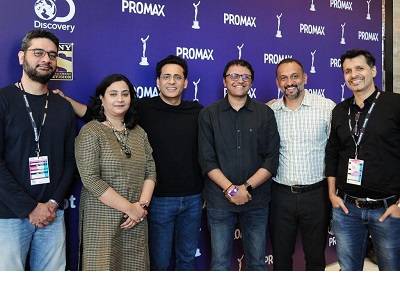
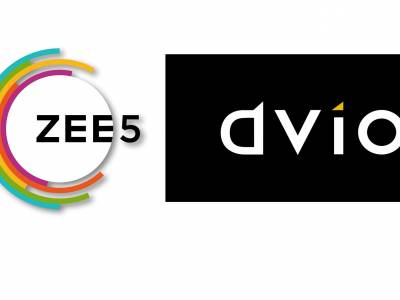

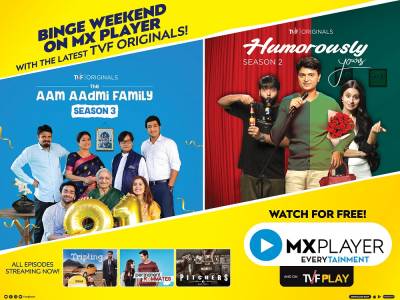
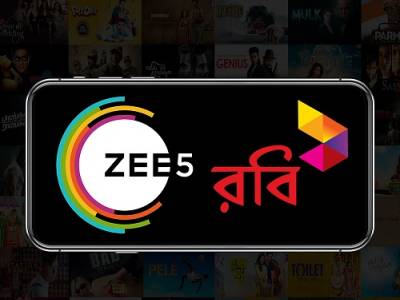
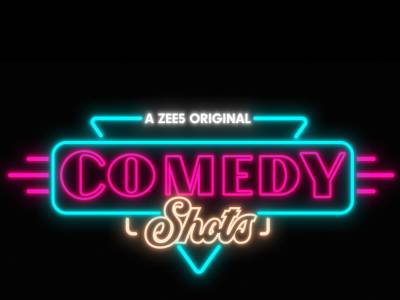
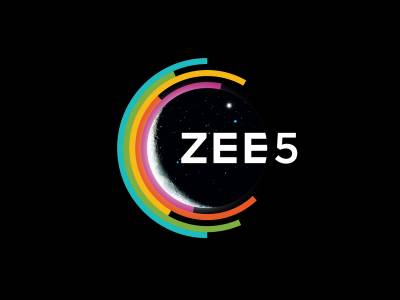

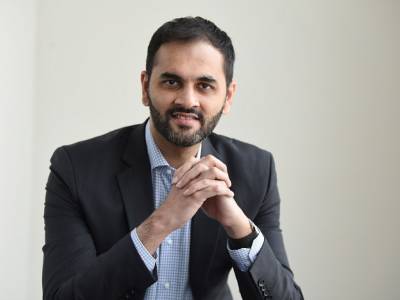
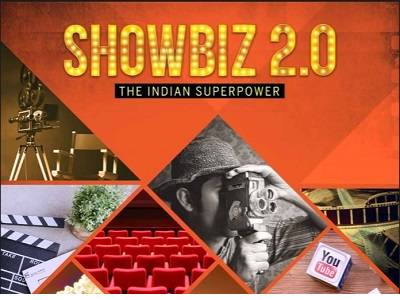


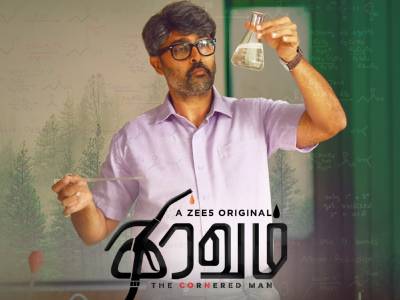



Share
Facebook
YouTube
Tweet
Twitter
LinkedIn